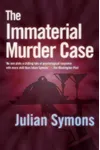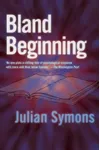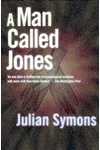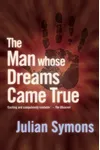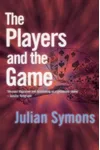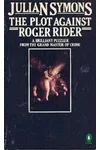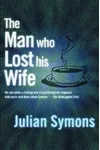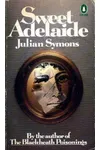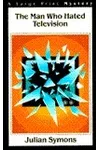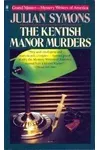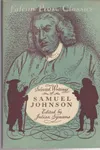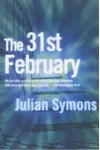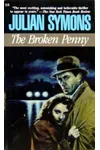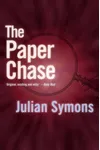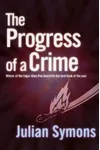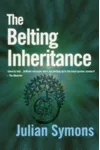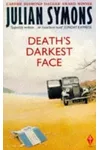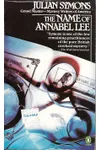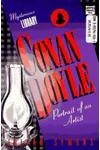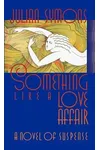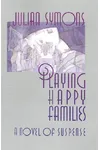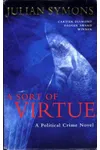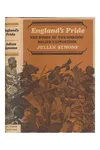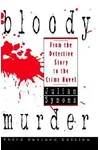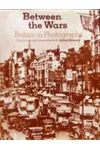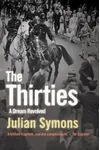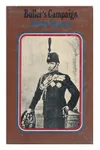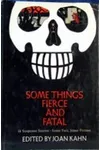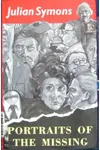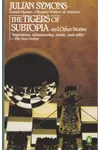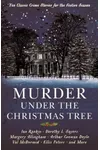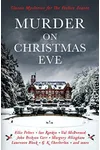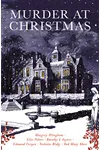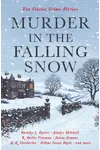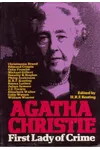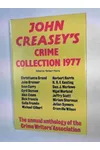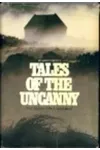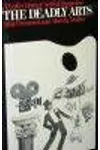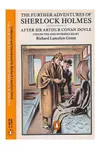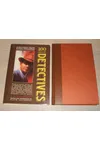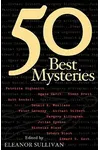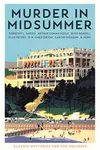Picture a British storyteller who turned the crime novel into a psychological playground—meet Julian Symons! Born in 1912, this self-educated master of mystery didn’t just write whodunits; he redefined them, blending classic detective puzzles with the gritty, human drama of modern crime fiction. With over thirty novels, a knack for sharp criticism, and a legacy that still thrills, Symons is a name every mystery lover should know.
From his early days as a poet to his reign as president of the Detection Club, Symons’s journey is as captivating as his stories. Let’s dive into the life, works, and lasting impact of this crime fiction trailblazer.
The Making of Julian Symons
Julian Gustave Symons was born on May 30, 1912, in Clapham, London, to Russian-Polish Jewish immigrants. A severe stammer landed him in a school for 'backward children,' and financial struggles forced him to leave school at 14. Yet, this setback sparked his autodidactic fire. Working as a typist, he devoured books and, inspired by his writer brother A.J.A. Symons, founded the poetry magazine Twentieth Century Verse in 1937. His radical poet days, flavored with Trotskyist leanings, gave way to crime fiction after World War II service in the Royal Armoured Corps. His 1945 debut, The Immaterial Murder Case, marked the start of a prolific career.
Julian Symons’s Unforgettable Stories
Symons’s novels are where classic detective stories meet the psychological depth of modern crime fiction. His 1957 novel The Colour of Murder, a CWA Gold Dagger winner, follows John Wilkins’s descent into obsession, told through a psychiatric lens and a gripping trial. The Progress of a Crime (1960), an Edgar Award winner, unravels a small-town murder with taut realism, inspired by a real case. The Blackheath Poisonings (1978) weaves Victorian intrigue with family secrets, while A Three-Pipe Problem (1975) reimagines Sherlock Holmes as a modern TV actor tackling real crimes.
His style? Think intricate plots, ordinary people caught in murderous webs, and a dash of black humor. Symons shunned the puzzle-heavy Golden Age mysteries of Agatha Christie, favoring character-driven narratives that explored the 'violence behind respectable faces.' This approach, blending psychology and suspense, paved the way for authors like Ruth Rendell and P.D. James.
Beyond novels, Symons’s 1972 critical work Bloody Murder: From the Detective Story to the Crime Novel is a genre cornerstone, tracing the shift from classic mysteries to psychological thrillers. Revised through 1994, it earned a Special Edgar Award and remains a must-read for crime fiction scholars.
Why Julian Symons Matters
Symons didn’t just write crime novels; he reshaped the genre. By emphasizing psychology over puzzles, he brought a human edge to mysteries, influencing a generation of writers. His leadership as president of the Detection Club (1976–1985), succeeding Agatha Christie, and his 1982 Grand Master Award from the Mystery Writers of America cemented his stature. The 1990 Cartier Diamond Dagger for lifetime achievement further underscores his impact. Today, his works, reissued by the British Library Crime Classics, thrill new readers, proving his stories are timeless.
About Julian Symons
- Born: May 30, 1912, Clapham, London
- Died: November 19, 1994, Walmer, Kent
- Key Works: The Colour of Murder, The Progress of a Crime, Bloody Murder
- Awards: CWA Gold Dagger (1957), Edgar Award (1961), Grand Master Award (1982), Cartier Diamond Dagger (1990)
Ready to unravel a mystery? Snag The Colour of Murder and dive into Julian Symons’s thrilling world of crime and psychology!


